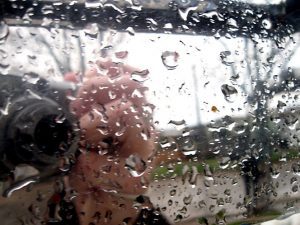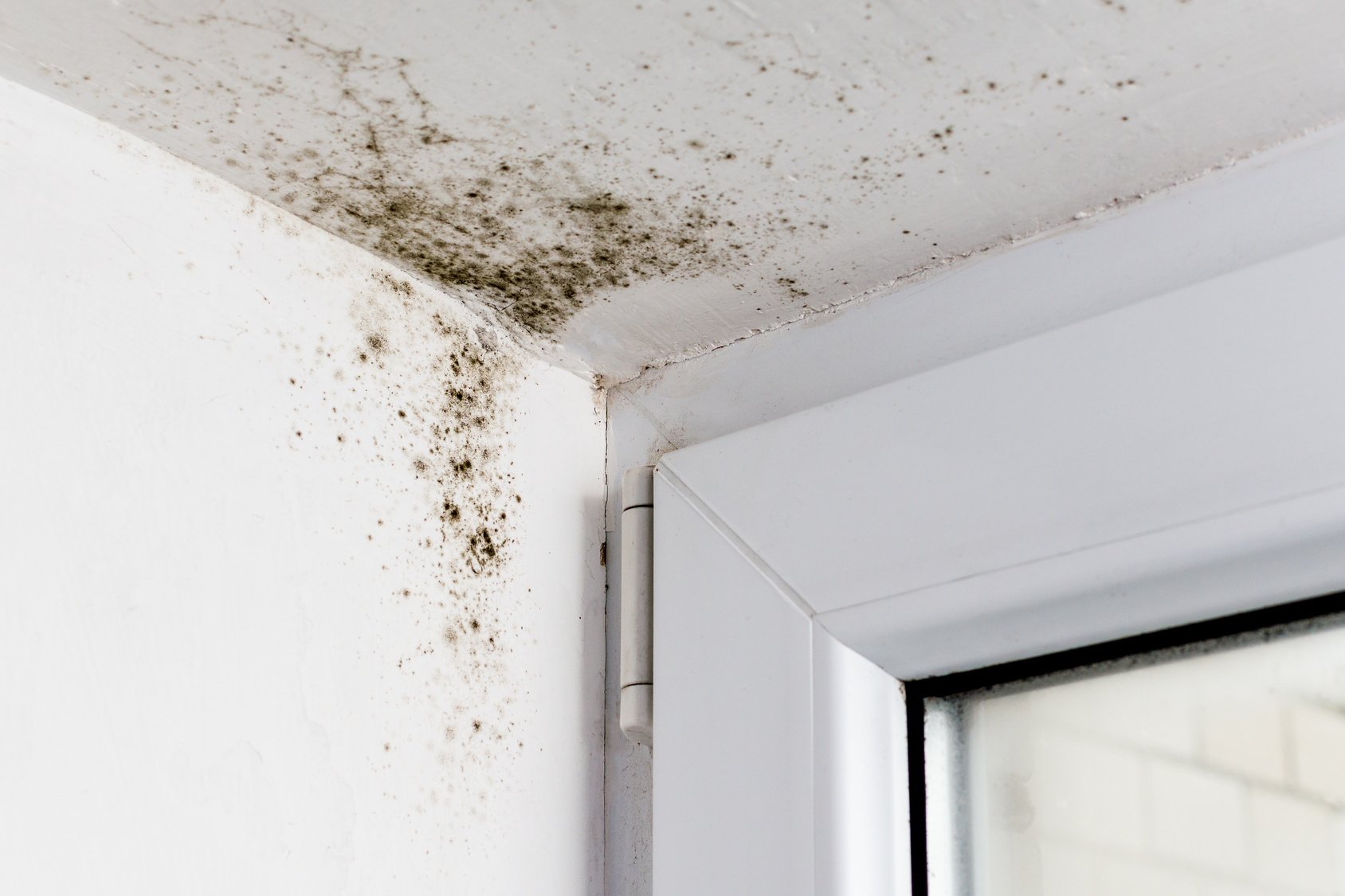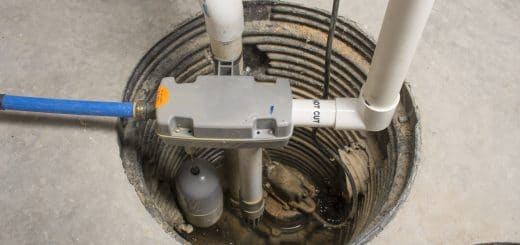Issues from High Indoor Humidity Levels
When the humidityHumidity is the amount of moisture or water vapor present in... More levels soar outdoors, it’s natural to seek sanctuary indoors, thanks to the marvels of modern air conditioning. If you move fast enough between the house, the car, and buildings, you hardly have to feel humidityHumidity is the amount of moisture or water vapor present in... More levels that make you feel like you’re breathing a wet spongeA sponge is a porous material used to absorb liquids or clea... More. But just because that cool air is enclosed inside four walls doesn’t mean it’s protected from high humidityHumidity is the amount of moisture or water vapor present in... More. It doesn’t just make you feel hotter; humidityHumidity is the amount of moisture or water vapor present in... More in your house causes all kinds of trouble, ranging from mild discomfort to damage to your home and possessions, and even your health.
The following are the most common problems caused by high levels of humidityHumidity is the amount of moisture or water vapor present in... More in your home. You can help lower the humidityHumidity is the amount of moisture or water vapor present in... More in your home with an air purifier from the Best Home Air Purifier List.
Poor Indoor Air Quality

Even with the benefits of air conditioning, air quality suffers with excess humidityHumidity is the amount of moisture or water vapor present in... More levels. Modern construction techniques and better building materials mean that there are fewer gaps to let air leak in or out. While it’s important to keep the hot, humid air out and keep the nice, cool air in, these tightly sealed buildings also seal in dust mites and moldMold is a type of fungus that grows in damp or humid conditi... More sporesSpores are microscopic reproductive units of fungi or mold t... More that are commonly found in the air. All the sporesSpores are microscopic reproductive units of fungi or mold t... More need to grow are food sources, which are in building materials and textiles, and humidityHumidity is the amount of moisture or water vapor present in... More. While air purifiers and plants can help clean the air somewhat, the best way to manage the quality of the air inside your home is to control the humidityHumidity is the amount of moisture or water vapor present in... More levels.
Mold and Mildew Growth
If your home or business has a problem with high humidityHumidity is the amount of moisture or water vapor present in... More levels, it’s not a matter of if there’s going to be a problem with moldMold is a type of fungus that grows in damp or humid conditi... More and mildewMildew is a type of fungus that grows on damp surfaces, typi... More, but when. MoldMold is a type of fungus that grows in damp or humid conditi... More sporesSpores are microscopic reproductive units of fungi or mold t... More occur naturally in the air and are microscopic, so there’s no way to eliminate them completely. SporesSpores are microscopic reproductive units of fungi or mold t... More begin growing into moldMold is a type of fungus that grows in damp or humid conditi... More within 48 hours of exposure to high humidityHumidity is the amount of moisture or water vapor present in... More levels because they find plenty of food sources in drywall, paper, fabric, and other materials. Left untreated, moldMold is a type of fungus that grows in damp or humid conditi... More will continue to grow, quickly moving into hidden areas like walls where it can travel through a building undetected, spreading into areas that weren’t affected by the initial infestation.
Lower Quality Sleep
Anyone who’s gone camping in the middle of summer or lived without air conditioning knows the challenges of trying to sleep when the humidityHumidity is the amount of moisture or water vapor present in... More is high. When the air is humid, water can’t evaporate from your skin and cool your body. When your body is too hot, it’s difficult to fall asleep and stay asleep, so the quality of your sleep suffers. Poor sleep quality affects so much of your everyday life, so it’s worth investing in a window air conditioner or a dehumidifierA dehumidifier is a device that removes excess moisture from... More for the bedroom if excess humidityHumidity is the amount of moisture or water vapor present in... More is a problem.
Increased Asthma & Allergy Symptoms
Besides damaging your home or business and its contents, moldMold is a type of fungus that grows in damp or humid conditi... More caused by high humidityHumidity is the amount of moisture or water vapor present in... More impacts your health. If you already have asthma or allergies, moldMold is a type of fungus that grows in damp or humid conditi... More growth will only make them worse. Worsening symptoms means more visits to the doctor, which means more lost time from work or school, and more money spent on medications. Even if you don’t have asthma or allergies, moldMold is a type of fungus that grows in damp or humid conditi... More growth irritates eyes and respiratory systems, so reactions feel more like a cold that just won’t go away, no matter what over the counter medications you try.
Warped Wood
Long-term exposure to high levels of humidityHumidity is the amount of moisture or water vapor present in... More can warp hardwoods and wood furniture in your home. Often the damage is irreversible, especially if the damage is wide spread or affects a large area, such as a hardwood floor. Wood furniture and floors are expensive investments that need protection from high humidityHumidity is the amount of moisture or water vapor present in... More.
Strained HVAC Systems
High humidityHumidity is the amount of moisture or water vapor present in... More levels make the air feel hotter, so it’s natural to turn on the air conditioning. This puts an added strain on your HVAC system, which may already be struggling due to age, dirty filters, or a lack of preventative maintenanceMaintenance is the routine care, inspection, and repair of a... More. The extra work may even shorten the lifespan of the system.
Higher Utility Bills
The other nasty by-product of turning on the air conditioning more often is an increase in the utility bill. Obviously, the more the air is on, the more electricity is used. There are plenty of cost of living increases that are beyond our control, like gas and medical expenses. However, by keeping the humidityHumidity is the amount of moisture or water vapor present in... More in your home or business under control, you can keep your air conditioner on less often and keep the utility bills down.
Whether you have experienced water damage or mold growth due to high humidityHumidity is the amount of moisture or water vapor present in... More levels in your home, you need to call a restoration professional. They provide 24-hour emergency response, because water can and does move further than you think. Their technicians use state of the art techniques and equipment to remove water and dry affected areas completely and, if necessary, their construction team will do any restorationRestoration is the process of returning a property to its pr... More work. If moldMold is a type of fungus that grows in damp or humid conditi... More is discovered, the area is contained to stop the spread, remove and restore damaged items, treat the area with anti-microbials and disinfectants, remove odors, and purify the air.
RestorationRestoration is the process of returning a property to its pr... More costs vary, depending on the extent of the floodingFlooding is the overflow or accumulation of water in areas t... More and the presence of moldMold is a type of fungus that grows in damp or humid conditi... More. According to HomeAdvisor.com, the national average to remove standing water is $2,779. The national average to repairRepair is the act of fixing or restoring damaged property, m... More water damage is $2,436. The national average to test for moldMold is a type of fungus that grows in damp or humid conditi... More is $719 and the national average to remove moldMold is a type of fungus that grows in damp or humid conditi... More and toxic materials is $2,241.












